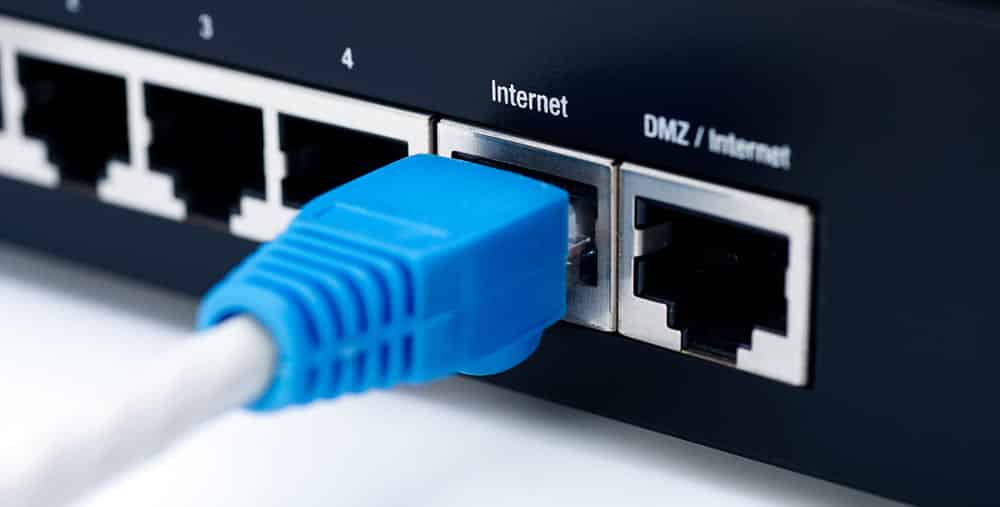
There are tons of internet settings that you need to deal with and if any of them are not optimized correctly, you can have things messed up with your connection. Most importantly, you will not be able to access the internet and that can be quite inconvenient, especially when you need to get something done and the internet is not working perfectly.
Ethernet Has A Self-Assigned IP Address And Will Not Be Able To Connect To The Internet
If you are trying to access the internet and it is not working out for some reason, naturally you will be accessing the network settings and if it is saying under the ethernet “Ethernet has a self-assigned IP address and will not be able to connect to the internet”. One thing that you need to know is that this issue is specific to Macs only and is not that hard to fix. You just have to follow these basic troubleshooting steps to get it done, and here is how you can fix it up.
1) Check Configuration
The first thing that you will have to check on is the configuration of your network, and fix it up if there are any issues with it. The problem mostly occurs when the computer is connected through a switch to a cable or DSL modem and the modem is not acting as a router. That way, only the first device that is connected will get an address and the other devices will not be able to have IP addresses assigned. You need to change the configuration of the modem and so that it can share the internet connection with all the devices connected on the network. This will optimally solve the problem for you.
2) DHCP settings
If other devices on the same network are also not able to connect on the same network, then this is most probably the problem with DHCP settings and you will need to fix that. This issue is mostly on the outer part and you should fix it effectively on the router. This should be easy enough for you to do and you will only have to access the DHCP settings under the network settings on your router admin panel.
Once you do that, you will have to enable the DHCP protocol on your network and then restart your internet connection. After that, you will be able to get rid of that problem and the network will start working without any problems.
3) Firewall Issues
Firewall issues are a major cause for this reason, and if it is turned on, you will be facing such issues. You will need to turn the firewall off in the Security & Privacy Pane of System Preferences. Just be mindful that you will first have to unlock the settings and to do that, you will need to click on the padlock icon and then you will have to enter your administrator password that you have set for it and that way only you will be able to disable the firewall and find a solution around this problem.
4) Reset Modem
If nothing has worked out for you so far, you will need to try resetting your modem once. This should be pretty simple and you only have to reset all the settings and data on your modem. Be mindful that you will have to take care of the settings again and that might take some time.
Reset the modem properly and after that, set the settings like SSID, encryption type and all the settings correctly. After that, the problem is going to be solved properly and you are not going to have any sorts of issues on your device.
5) Contact Support
If you are unable to find the right solution and you are still stuck with the problem, then you should be contacting support and they are going to look into it properly. They will be diagnosing your connection, settings and equipment thoroughly to figure out the reason that is causing you to face this problem. Afterward, you will be able to make it work perfectly and there will be no such issues to cause you any sort of troubles with the internet connection that you have been facing earlier.